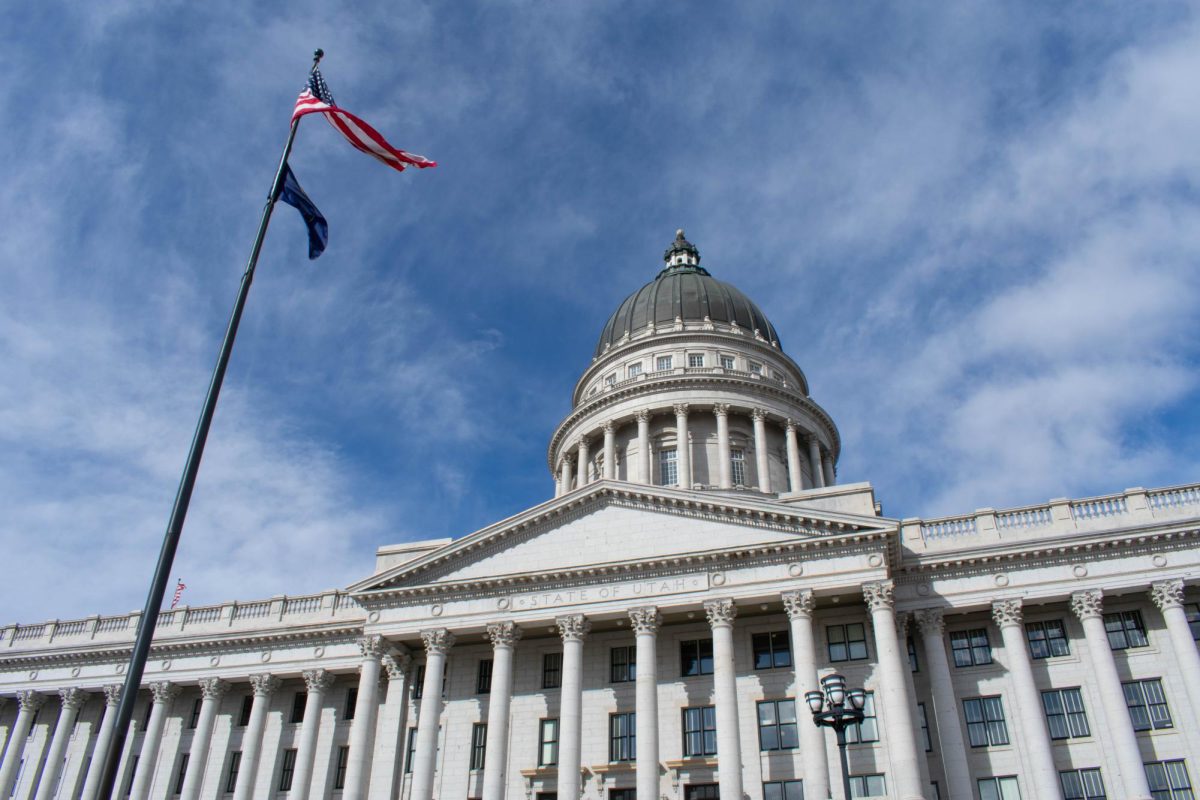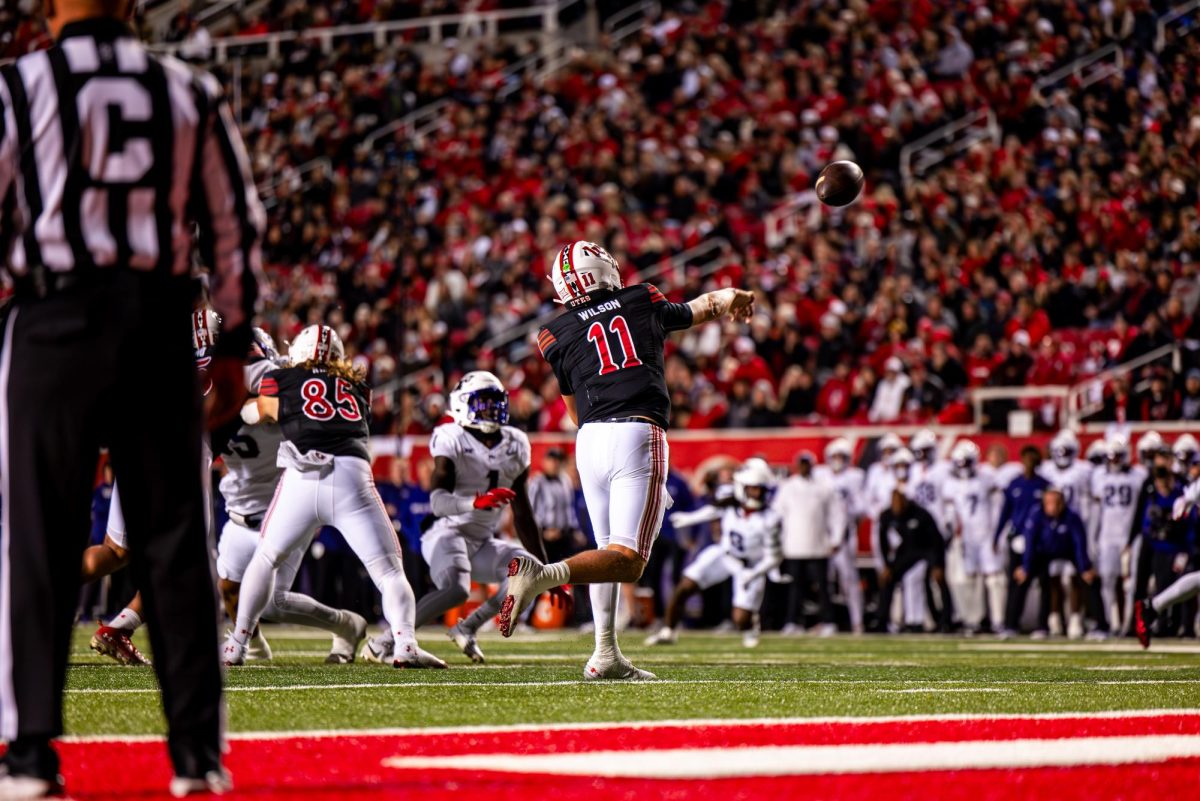How Does Gender Equality Impact the U?
October 28, 2019
In a 2019 Wallet hub study, Utah was named the worst state for women’s equality in the United States. The study examined workplace environment, education, health and political empowerment. It was discovered that if men were at 100 in these categories, then women in Utah would be at 25.10.
In some ways the University of Utah seems to reflect this trend, especially in terms of employment. Despite the U naming its first female president — Ruth V. Watkins — in 2018, there are still inequalities in many areas. In the 2018-2019 school year, the U had almost twice as many male professors, assistant professors, associated professors and instructors than women in the same positions.
In many traditionally male-dominated fields, the professor ratios are also male dominated. The college of science has 30 female employees and 136 male, of which 96 are full-time male professors and 14 are full-time female professors. The College of Engineering has 29 female faculty members, compared to 162 male faculty members.
The board of trustees is also male-dominated, with 8 out of the 11 members being male.
There has been a recent push in higher education in Utah to research and possibly amend some other gender discrepancies. The recently amended Regent Policy 805 has now made it a requirement for universities to provide data concerning the number of tenured faculty, rank, average salary and the number of staff by occupational category “disaggregated by gender and race/ethnicity.”
Elizabeth Condor, a business data analyst in the Office of Budget & Institutional Analysis, says there is a large focus on hiring diverse faculty in terms of gender and race, and there is that awareness when they go into the hiring process. She said that they also try to take into account the demographics of the national poll that would qualify for the job and try to imitate what is available.
“I’ve heard a lot of conversation about it and it seems like something we are aware of, at least, and try to work on figuring out,” Condor said.
Within Associated Students of the University of Utah, the ratio is more balanced, and there is even a majority of women in some sections. The legislative branch has a majorly-female senate and an almost equal assembly. The president of ASUU, Anna Barnes, is also a woman.
Barnes said that she feels like ASUU and the U as a whole have leadership roles accessible to women. However, she does not feel like that is the case in the rest of Utah. She also said that the level of criticism for women in leadership roles is much higher than men.
”The barrier to criticize women is lower and the barrier for women to look like they are successful is always higher, and that’s something I think I experience pretty consistently,” Barnes said. “However, I do think that the University of Utah is a leader in showing women in empowering leadership roles.”








